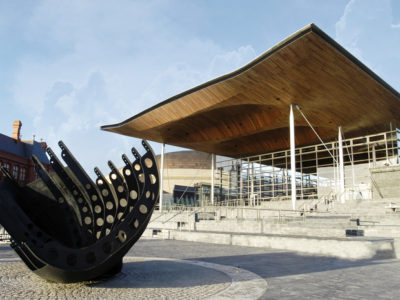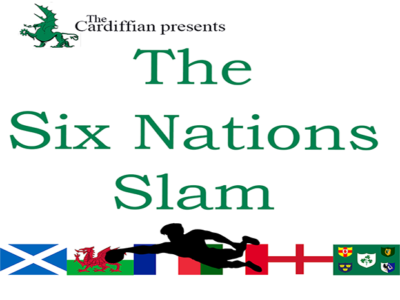ANOTHER autumn series has come and gone. What has this Wales side gained?
Not a lot, really.
If you had offered any Welsh fan three victories out of four before the first match with Australia, they would have taken it. But have three victories ever been celebrated more mutedly than Wales’ triumphs over Argentina, Japan and South Africa – indeed, only the third win over South Africa ever?
The victories must be taken into context with a host of factors.
The crowds were poor.
Only the encounter with Japan came close to selling out. Why was it that clashes with Australia and South Africa, two of the game’s greatest sides, saw 20,000 empty seats?
Two reasons stand out.
Tickets for the Japan match were going at £20, whereas the other clashes saw prices north of £60. That’s a lot of money to watch a team in the throes of an aesthetic crisis.
Secondly, a fixture with Australia or South Africa is no longer a novelty.
Wales have played Australia 11 times in Cardiff since 2005. In the 24 years prior to that, there were only seven such encounters.

72,000 turned up for Wales New Zealand in 2012 – 14,000 more than the Australia match the following week. Credit: Marc
There will always be a huge appetite for fans to attend Six Nations matches with our nearest rivals – after all, we have been playing England every year since the 1880s – but when not even 60,000 people can be separated from their money to watch a widely predicted victory over South Africa, what will they watch?
The atmosphere was funereal.
The numbers in the stands played a part, but right from the first whistle the Welsh hwyl that makes the Principality Stadium one of the best sporting arenas in the world was absent.
This leads us nicely into point three.
The performances were insipid.
The first 40 minutes of the embarrassing defeat to Australia put Welsh fans in such a stupor that they seemed to remain disinterested for the remaining three weeks.
A lot was said in the build-up and in the aftermath of matches about Wales’ desire to implement a new, attacking game-plan.
But as soon as they fell to that 32-8 defeat to Australia, any ambition to progress as a side went out the window and win-at-all-costs became the mantra.
The performance against Argentina was better – a narrow win against one of the world’s top teams.
But Japan? A victory that caused Welsh rugby acolytes to sink to even lower depths than the Australia defeat.
The team’s blushes that day were saved by Sam Davies, the “inexperienced” youngster who happens to be Wales’ form fly-half.
At 23 years old, Davies is older than Sam Warburton, Taulupe Faletau, George North and Leigh Halfpenny were at the 2011 Rugby World Cup when Wales set the rugby world alight.

A 19-year-old George North wowed the world in 2011, but his malaise this year summed up the team’s poor form. Credit: Jean Francois Fournier
At what point can he ever stop being “inexperienced” if the coaches refuse to back him?
Dan Biggar showed glimpses of his attacking ability against South Africa, while his kick-chase was back to its imperious best. But Davies should have been given more game-time across the series.
As it is, Wales have developed no new players in preparation for the Six Nations – though Ross Moriarty made a strong claim for the starting XV, while Justin Tipuric proved what every Welsh armchair-expert has known for years by outshining all-comers.
The competitors? Ireland have become the first Northern Hemisphere nation to beat all three Southern Hemisphere giants in the same calendar year since England in 2003. Along the road, they suffered injury after injury.
Thrust into making changes, they beat New Zealand and Australia this month with Johnny Sexton, Paddy Jackson and 21-year-old Joey Carbery all doing their fair share in the fly-half jersey. Fellow 21-year-old Garry Ringrose starred at inside-centre, and 23-year-old flanker Josh van der Flier put in a man-of-the-match performance against Australia. Where have I heard that age before?

Sam Davies, seen here in action for the Ospreys against Castres in 2013, was underused this autumn. Credit: Marc
England and Ireland are on another level to Wales going into the Six Nations. The tournament often brings more out of Wales than the autumn internationals, but therein lies the problem. Too often, the Wales team isn’t at the races.
For the past four weeks, they weren’t at the races again. Fittingly, they seem not even to have bought the tickets.



